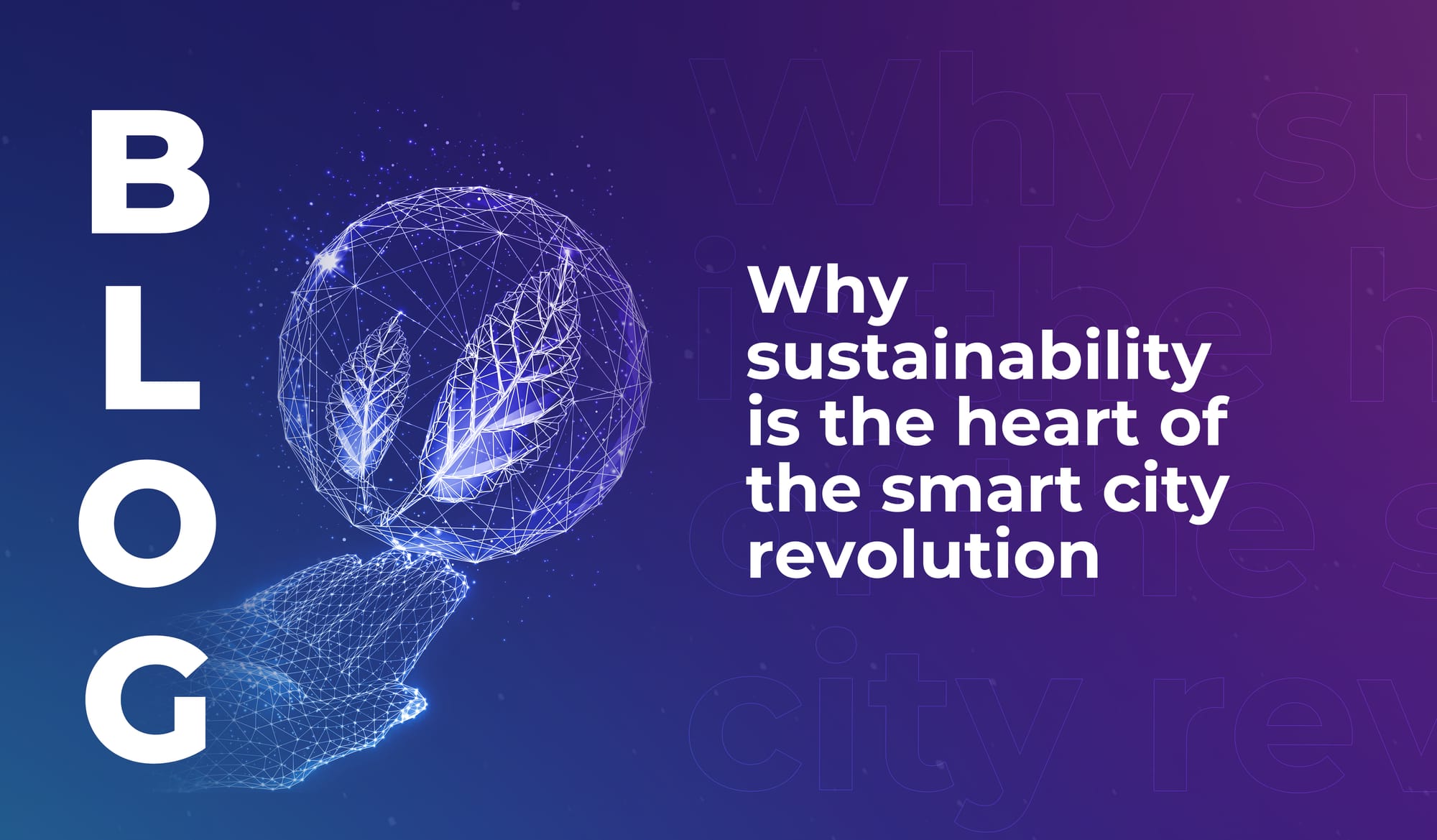
Top trends to watch in the smart cities market
Explore key smart city market trends for 2025–2030, from EV infrastructure to AI-powered waste systems – backed by the latest industry report.


For entrepreneurs developing new ideas, or tech companies that aim to launch new innovations, tech acceptance is an important concern. Sometimes, people just aren’t ready for your technology – it’s a few steps too far ahead of the curve.
So how do you know if the timing is right; and how do you include tech acceptance in your market research strategy?
It’s the process by which people come to accept – and use – new technology.
The Technology Acceptance Model (TAM) is an information systems theory that outlines this process, and it’s been widely adopted by researchers who study the acceptance of new and emerging technologies.
According to the TAM, the process of accepting tech has three distinct stages:
And the key factors that influence tech acceptance, according to the TAM, include:
The TAM isn’t the only model for tech acceptance, but it’s a useful starting point to understand the processes that users might go through before they decide to involve new technologies in their daily lives. It’s crucial to understand, though, that tech acceptance comes in waves – and as we learnt from the COVID-19 pandemic, the state of our external environment and society can have a huge impact on how willing people are to adapt to tech.
This year, we’ve seen a number of new studies on tech acceptance and the factors that need to be considered if you want to predict if and when a new technology will settle into public consciousness.
A meta-analysis of tech acceptance factors, published in August 2023, identified perceived usefulness, personal innovativeness in IT, and perceived enjoyment as three key enablers – and suggested that future research could use techniques to code qualitative data and quantitatively analyse the findings. The study also noted:
“...current literature shows that emergency events, such as the pandemic, lead to the digitalisation of daily and business practices, widening the applications of the technology and changing individuals’ perceptions. This rapid and forced adoption creates a need for further examining technology adoption and investigating whether there will be changes in the factors identified in this study.”
Also published in August, this empirical evaluation of the TAM for artificial intelligence in e-commerce looked at how AI can be made more acceptable to users. Using the TAM as its theoretical framework, the study offers insights that could help developers create user-friendly AI systems for e-commerce. It’s worth a read for any entrepreneur who wants to use the TAM to help them implement AI in a way that users will connect with.
But another project published in June 2023, which examined the relevance of the TAM to students’ use of digital academic reading tools, found that the model wasn’t always reliable in predicting results. This study emphasises the need for more research, and potentially a need for alternative models to understand the factors influencing tech acceptance in different contexts – because the TAM isn’t always fit for purpose.
Something we’ve learnt from our own conversations and interviews with tech investors and entrepreneurs is that product launches need to be timed with the market if they are to be successful.
You might have the most incredible, world-changing product ever invented – but if users aren’t ready to accept and adopt it, it’ll fall flat.
When we interviewed Ana Barjasic (Founder and CEO at Connectology), she said:
“Investment readiness refers to the readiness of a business to receive investment or not. This concept goes beyond having an attractive pitch deck and a good story behind it. Investors expect entrepreneurs to be able to understand key financial and legal terminology, but also their market, competition, business model and so on.”
And an understanding of your market, competition and business model needs to include strong awareness of user acceptance of the technology you’re launching. It’s clear that we need more research into tech acceptance that takes into account the nuance of different markets, and the socio-political factors at play in people’s lives and cognitive processes. But from a business point of view, definitely start with the knowledge available to you right now: and include tech acceptance factors in your early-stage market research.

Explore key smart city market trends for 2025–2030, from EV infrastructure to AI-powered waste systems – backed by the latest industry report.

Learn how generative AI is unlocking the true potential of digital twins – to make smart cities more efficient, inclusive, and citizen-focused.

The smart cities of the future will use tech to lower emissions, cut urban temperatures, and improve quality of life in highly populated areas.

Explore key smart city market trends for 2025–2030, from EV infrastructure to AI-powered waste systems – backed by the latest industry report.

Learn how generative AI is unlocking the true potential of digital twins – to make smart cities more efficient, inclusive, and citizen-focused.

The smart cities of the future will use tech to lower emissions, cut urban temperatures, and improve quality of life in highly populated areas.